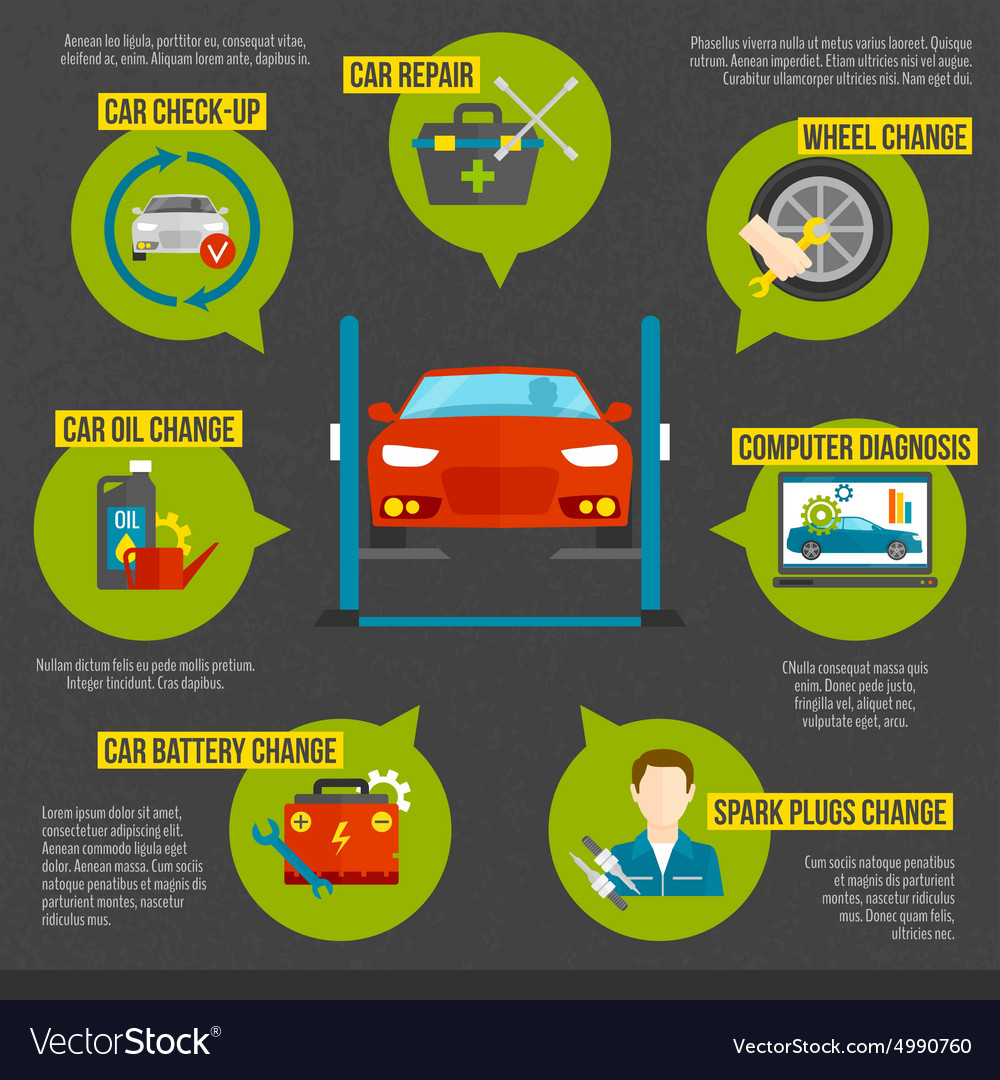Understanding The Value Of Your Auto'S Warning Signals: What They In Fact Stand For
Understanding The Value Of Your Auto'S Warning Signals: What They In Fact Stand For
Blog Article
Write-Up Created By-Lim Winters
When you're behind the wheel, those glowing warning lights on your control panel can be a bit complicated. Do you know what they're trying to inform you regarding your car's wellness? Recognizing the relevance of these lights is crucial for your security and the durability of your vehicle. So, the following time among those lights appears, wouldn't you want to analyze its message properly and take the required steps to resolve it?
Common Caution Lights and Interpretations
Identify usual caution lights in your automobile and comprehend their significances to guarantee secure driving.
One of the most typical warning lights consist of the check engine light, which indicates concerns with the engine or emissions system. If this light begins, it's crucial to have your car inspected quickly.
The oil pressure cautioning light shows reduced oil pressure, calling for immediate focus to prevent engine damage.
A blinking battery light may suggest a defective billing system, potentially leaving you stranded if not dealt with.
The tire pressure monitoring system (TPMS) light notifies you to reduced tire stress, impacting automobile stability and gas performance. Neglecting this can result in risky driving conditions.
The abdominal light indicates a problem with the anti-lock stopping system, endangering your ability to quit swiftly in emergencies.
Finally, the coolant temperature advising light warns of engine getting too hot, which can result in serious damage otherwise solved quickly.
Understanding advanced detailing will aid you attend to issues promptly and keep secure driving problems.
Importance of Prompt Attention
Comprehending the usual caution lights in your automobile is just the first step; the value of without delay dealing with these warnings can not be emphasized sufficient to ensure your security when driving.
When a caution light brightens on your dashboard, it's your vehicle's method of connecting a prospective issue that requires interest. Ignoring these cautions can lead to much more extreme problems down the road, endangering your safety and security and potentially costing you much more in repairs.
go right here to cautioning lights can avoid failures and accidents. As an example, a blinking check engine light could suggest a misfire that, if left ignored, can trigger damages to the catalytic converter. Resolving this without delay can save you from a costly repair.
Similarly, a brake system advising light might signify reduced brake fluid or used brake pads, crucial components for your safety and security when driving.
Do It Yourself Troubleshooting Tips
If you observe a caution light on your dashboard, there are a couple of do it yourself troubleshooting tips you can attempt before looking for specialist aid.
The very first step is to consult your auto's guidebook to understand what the specific caution light shows. Sometimes the problem can be as straightforward as a loose gas cap causing the check engine light. Tightening up the gas cap might resolve the issue.
One more common issue is a reduced battery, which can activate various advising lights. Checking the battery links for rust and ensuring they're safe might fix the issue.
If a warning light persists, you can try resetting it by disconnecting the automobile's battery for a few mins and afterwards reconnecting it. In addition, checking your automobile's fluid levels, such as oil, coolant, and brake fluid, can help repair cautioning lights connected to these systems.
https://www.autoblog.com/2021/10/23/repair-shop-delays-parts-shortage/
To conclude, recognizing your cars and truck's caution lights is important for keeping your automobile running efficiently and safely. By quickly resolving these signals and understanding what they imply, you can prevent costly fixings and potential malfunctions.
Remember to consult your automobile's handbook for specific information on each alerting light and do something about it as necessary to make certain a trouble-free driving experience.
Keep notified, stay safe when traveling!
